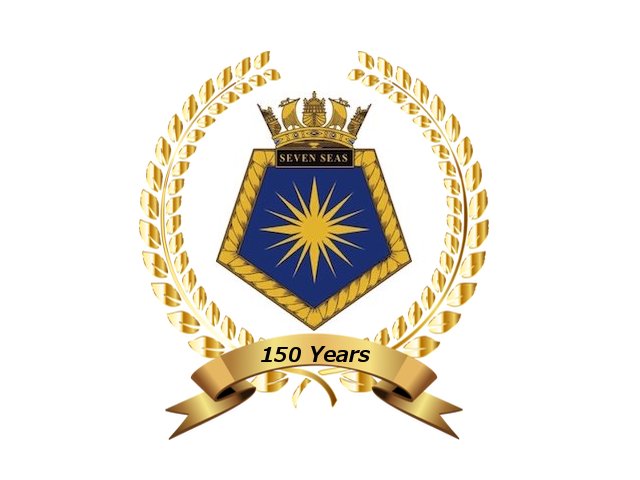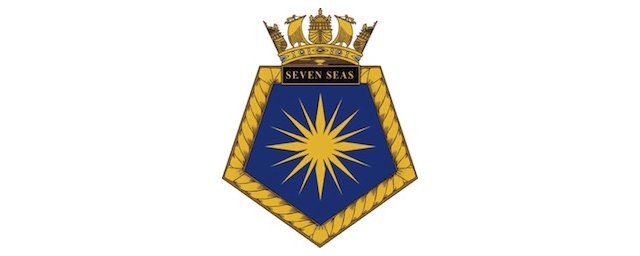The Origins of the Seven Seas Club
| At what was to be the last Annual General Meeting of The Royal Naval Club, 5th April 1956, the following was minuted as being part of his address to members, by the then President of the Club, Vice Admiral Sir Ian Campbell; “Although it has not been possible to establish exactly when this Royal Naval Club came into being, it is known that the Admiralty acquired the building in 1803. In 1888, the Committee of The Royal Naval Club, was concerned with the question of a liquor licence, and it was then recorded that the Committee hoped that the Government would not withhold from members of the Club, facilities they had enjoyed at the Club for some 20 years – so the Club must have been in existence as such from 1868” It is also on record elsewhere that the building, Building 80 – diagonally across the road from the West Yard Gate, was used from its acquisition as a place of recreation for Royal Naval Officers.With the implementation of the Simon’s Town Agreement, at midnight 31st March 1957, all the naval facilities at Simon’s Town (including Building 80) became the property of the Union Government and thus, of the Union Defence Force (UDF).At the last Special General Meeting of the Royal Naval (RN) Club, 30th March 1957, it was minuted, “The RN Club will close at midnight 31st March 1957. At the same time, The South African Naval (SAN) Club will be established on the premises” The premises were leased to the SAN Club for one shilling per year.In mid-June 1958, it was announced that no alcoholic liquor would be sold, or allowed to be consumed, on UDF property after 31st July 1958. Despite being a private, as opposed to a UDF Club, this applied to The SAN Club. Offers by the Club, and subsequently the Municipality (with the intention of leasing it to the Club), to buy the building were rejected.At a Special General Meeting, 5th September 1958, it was unanimously decided to purchase land from the Muncipality and erect a new Clubhouse. The total cost was estimated as eight thousand, eight hundred pounds. This was raised with interest free loans from members and the RN and, by borrowing from the Navy Fund and a Building Society. On Friday 13th February 1959, Defence Headquarters informed the Club Chairman that the Club could not function in the new premises unless it observed the ban on the sale of liquor.At a meeting with the Chairman of the Club, Captain R.P. Dryden-Dymond (SAN), the Commandant General and the Secretary of Defence on Monday 23rd February 1959, it was eventually agreed that the ban on the sale of liquor would not apply provided that, the name of the Club be changed so that it cannot in any way be associated with the SA Navy;serving SADF officers do not serve in the management of the Club, and money is not lent to the Club by the Navy Fund.Borrowing was rescheduled, the Constitution of the Club was changed to allow Associate Members to run the Club and, members were were asked to propose a name for the Club. Meanwhile, the “opening” of the “still-to-be-named” Club proceeded with a “choir practice” on the 2nd and a cocktail party on the 8th of May 1959. At the Annual General Meeting of the SAN Club, 31st July 1959, the Club was reconstituted as The Seven Seas Club. The name, proposed by Cdr Vivian Pierce RN (Rtd), was taken from Rudyard Kipling’s short story, “Judson and the Empire” when, having visited The RN Club he stated that, “It is in that Club, as the Captains come and go, that one hears all the gossip of all the seven seas” There is much more to be told, and will be told, of The Seven Seas Club and its predecessors – but not here and now! The Seven Seas Club in Simon’s Town can, under three different names and in two different buildings, trace its origin directly back to at least 1868 – making it one of the the oldest surviving private clubs in South Africa. |

